One of the most interesting traditions I witnessed while on a museum tour in Russia in 2013 is the custom of visiting World War II monuments and sites by newlyweds to honor their ancestors. In only two weeks, our tour group repeatedly witnessed brides in white finery with their grooms arriving at the same places where we were seeking to learn about battles and history.
Their purpose was to honor fallen family members and friends and to remember how the war had forever changed and marked their personal destinies along with the destiny of their country. It should be noted that they did not only visit World War II sites. For example, below are two photographs taken at Borodino outside Moscow. Borodino was a battle site between the Soviets and German Army in late 1941, but in 1812 this was the battlefield where the Russians under General Mikhail Kutuzov fought a legendary battle against Napoleon’s Grand Armee (the battle was later immortalized by Leo Tolstoy in his epic novel War and Peace). The first image is of the happy bridal party in front of a monument dedicated to the 1812 battle, while the second image shows members of the museum’s tour and our guide walking away after congratulating the happy party, with the eagle atop the monument in view.
While leaving Poklonnaya Hill, the highest point in Moscow where Napoleon waited in vain for Tsar Alexander I to come and present terms in 1812, I looked back over my shoulder and saw another newlywed couple paying their respects to their descendents. They are having their picture taken in front of the Great Patriotic War museum which commemorates the victory of the Soviet Union over Nazi Germany in World War II.
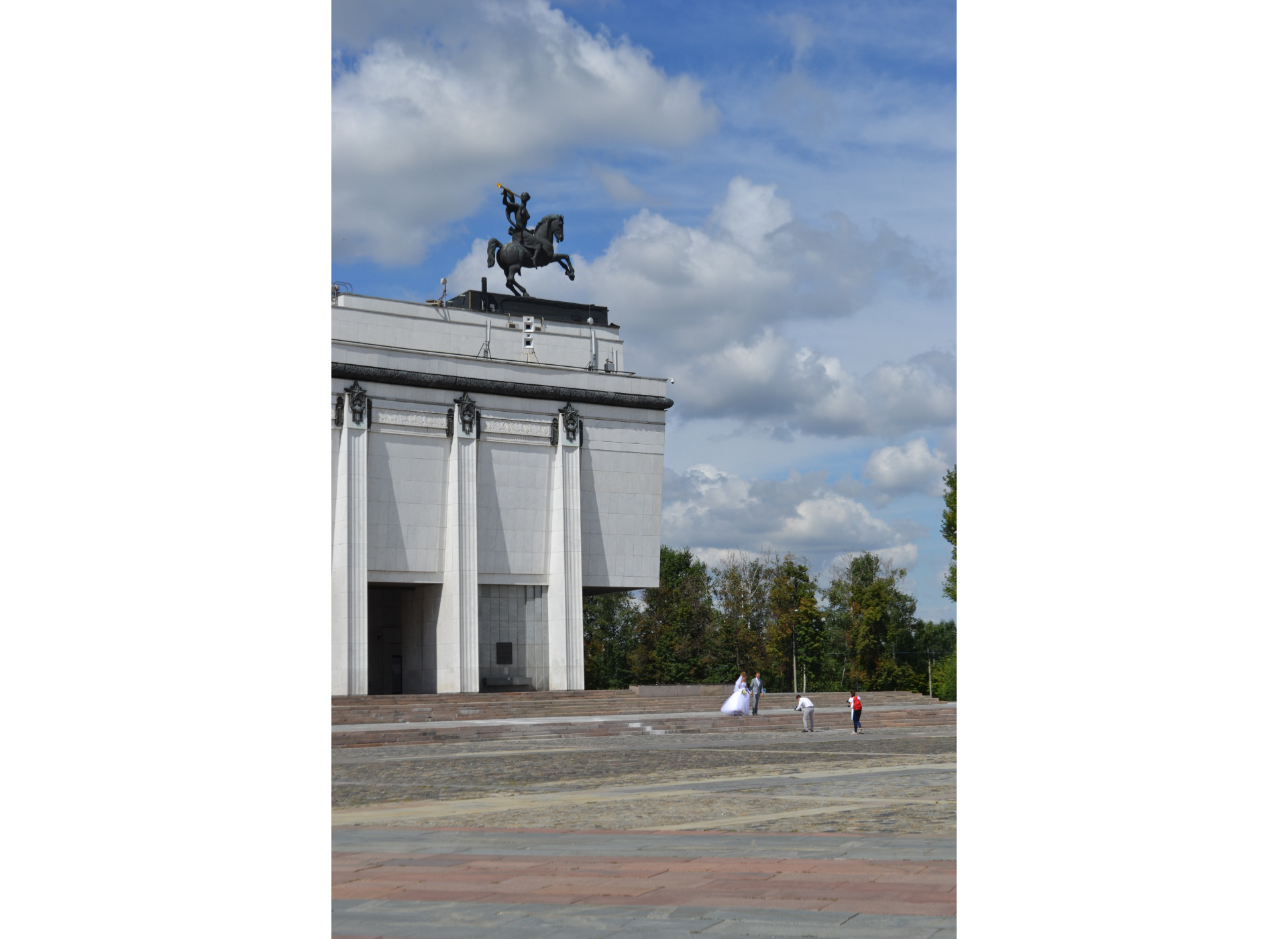
In St. Petersburg (Leningrad in the time of the Soviet Union), we visited the Peterhof fountains which front the beautiful Grand Palace which Peter the Great built. The Grand Cascade fountains line the palace face, and visitors arriving by boat from the Baltic approach this sight as they walk along the Marine Canal. The Germans destroyed much of the palace during the war, and the grounds have since been restored, including the famous Amber Room within the palace. When we arrived from a ferry and made the walk during a rainy August day, I looked to our right to see another bride and groom celebrating their nuptials on the grounds.
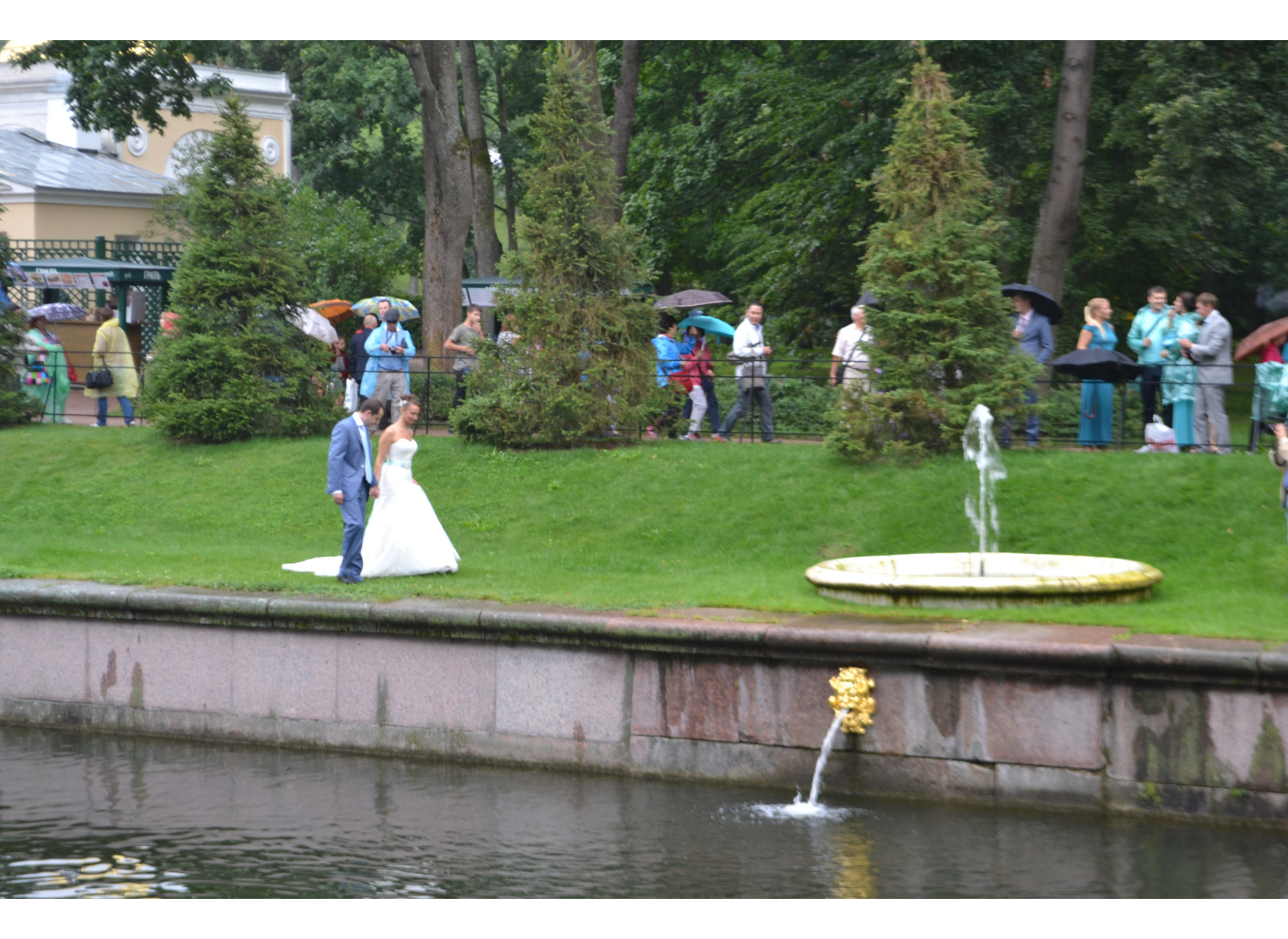
What strikes an outsider looking through a camera viewfinder is the happiness of the couples in the moment. None of us knew the couples in these photographs, but I think that we all felt that just seeing two people find love, happiness, hope and commitment on their wedding day spread those emotions to us. Weddings overflow with new beginnings, the promise of the future, vitality, and life. But as a historian, the most poignant image I saw is the lead photograph to this post.
During World War II, the city of Leningrad was under siege by the German Army from September 1941 until January 1944. The siege period is known to the Russians as the 900 Days. In the first winter the city suffered from a terrible mass starvation, and all told almost half of Leningrad’s prewar population, an estimated total of 1.5 million people, perished by the time the city was liberated. The memorial to the Siege of Leningrad in St. Petersburg is shaped like a massive ring, symbolizing the ringed city, and in one section the ring is broken, commemorating how the Soviet people broke the siege in 1944. Inside the ring is a statue with figures of a Soviet soldier helping a Leningrader, another holding a prostrate man, and a gaunt mother holding her starved, dead child. On the day we visited under a cloudy sky, a bride in a luminous white dress was there with her groom. They posed for photographs before the symbolic figures who had suffered, even died, but whose endurance and hope for a better future had brought their city and country through their worst time.
In these hallowed places which commemorate battles, despair and death, it is truly uplifting to see new wives and husbands begin their journey together with homage to the past, and thus affirm the values of life and hope today.
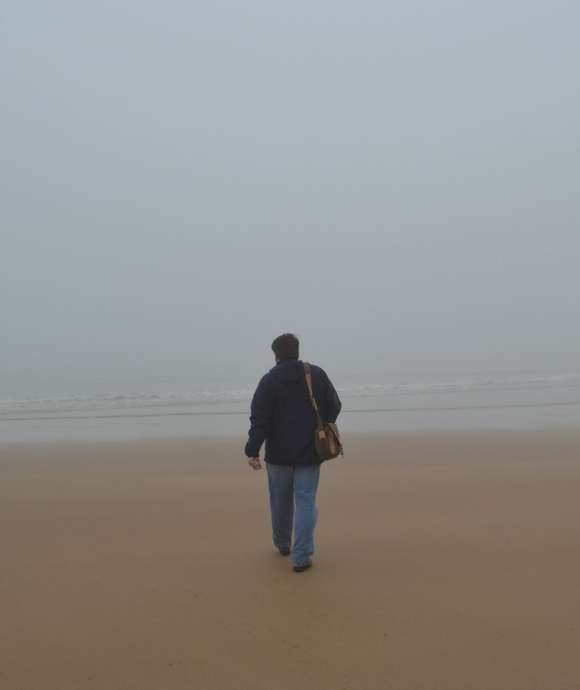
"No matter one’s age, travel is a unique and exciting educational experience. In my work, I have had the opportunity to reflect on history, events, and people in the places where they experienced life. Through the viewfinder, we can not only find history and perspective, but create memory, and evoke our evergreen past."
– Keith Huxen, PhD, Senior Director of Research and History, The National WWII Museum
Keith Huxen
Keith is the former Senior Director of Research and History in the Institute for the Study of War and Democracy at The National WWII Museum.
Cite this article:
MLA Citation:
APA Citation:
Chicago Style Citation:
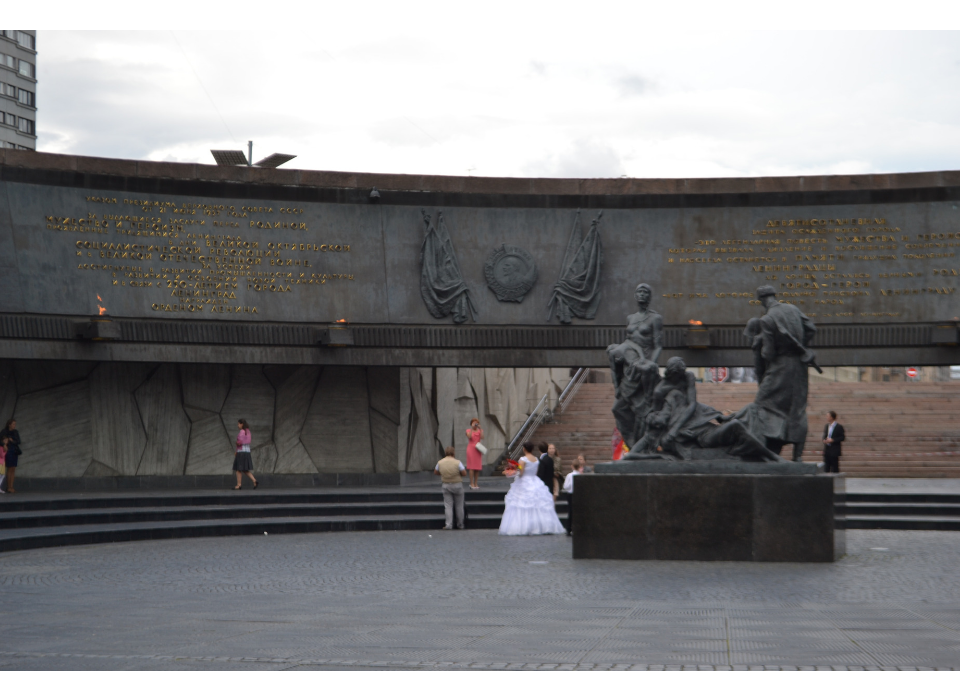
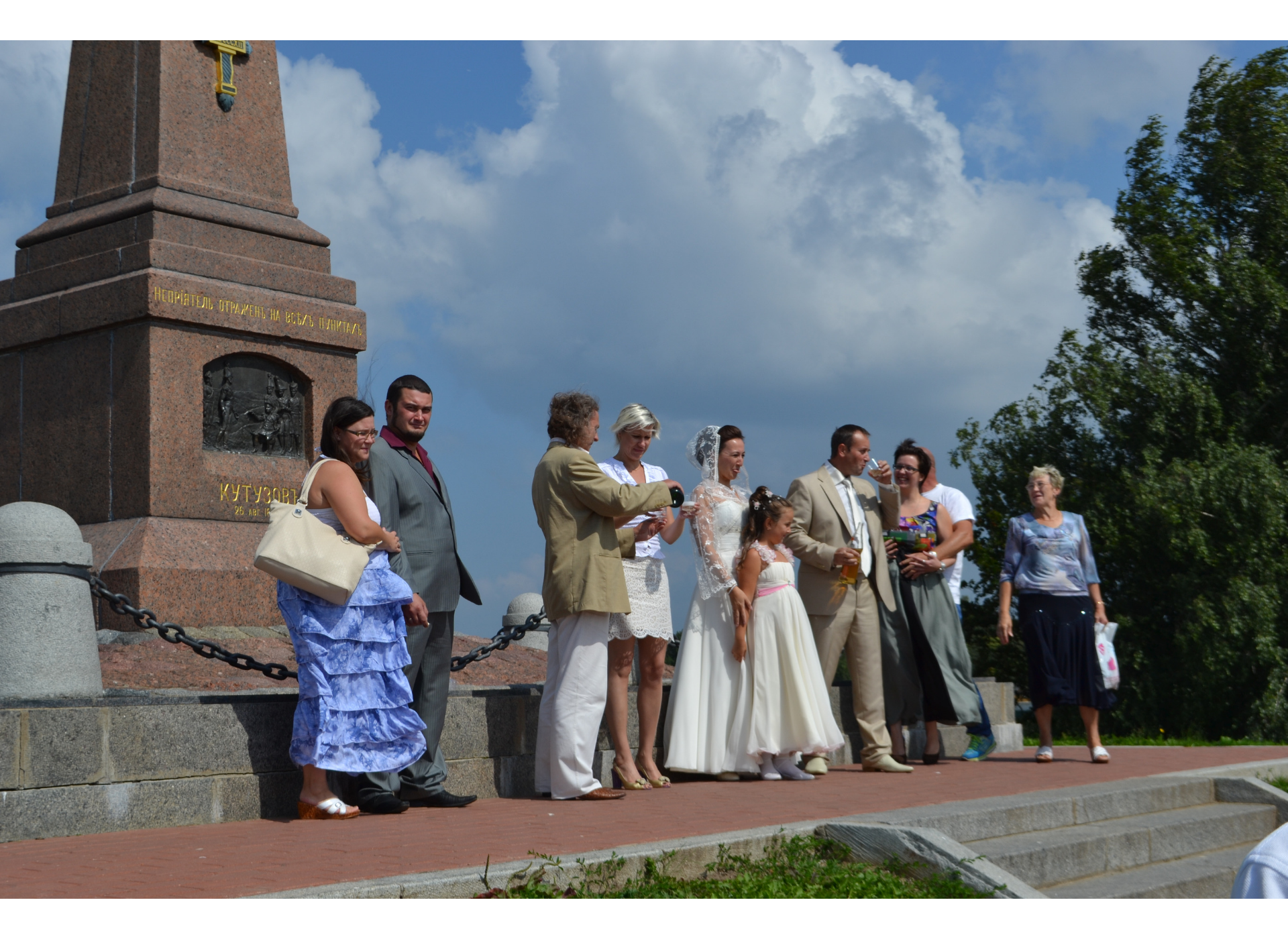
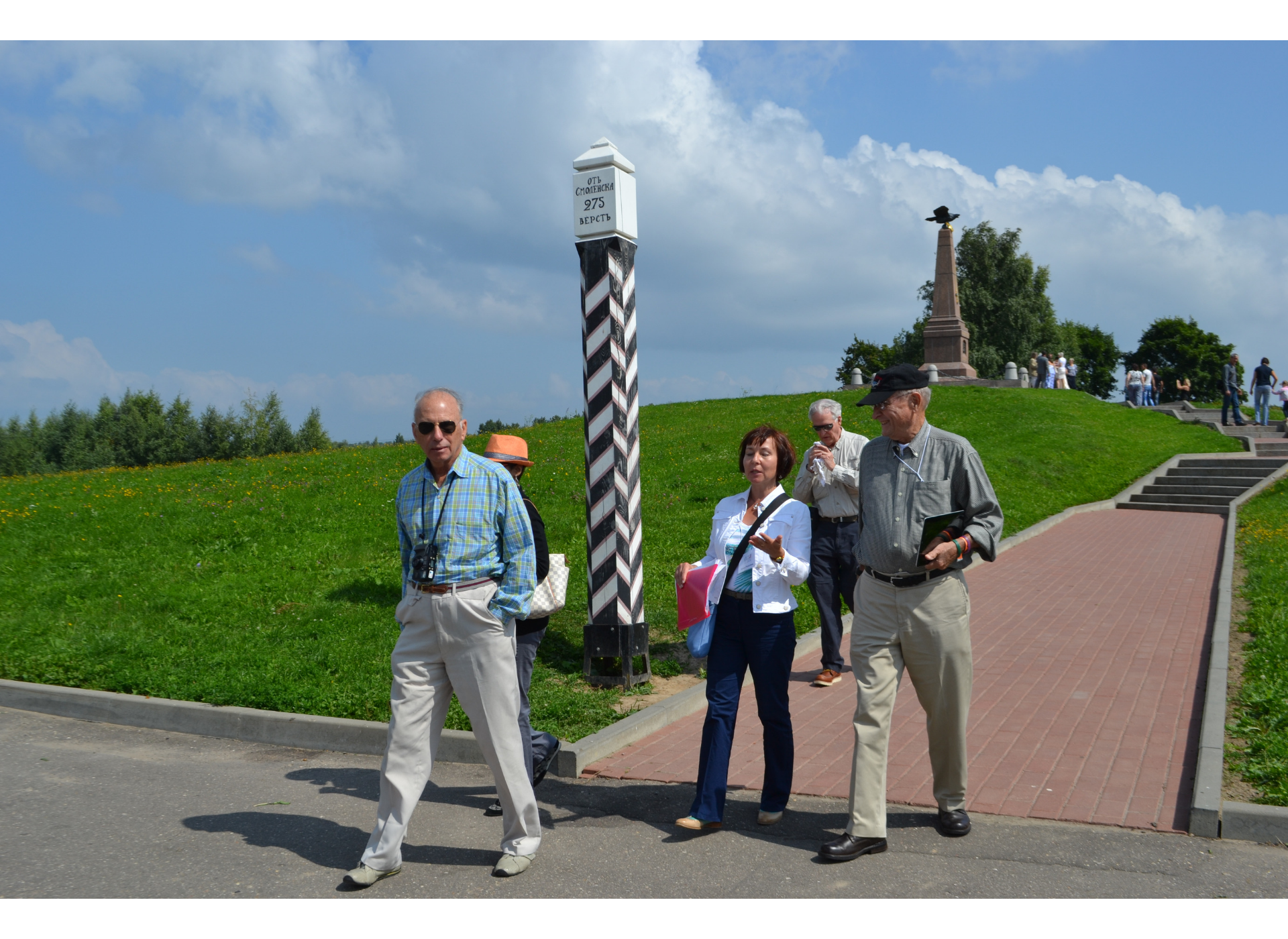




![Max Fuchs, New York City cantor, sings as Rabbi Sydney [sic] Lefkowitz, Richmond, VA, conducts the first Jewish services from Germany.](/sites/default/files/styles/max_650x650/public/2025-10/image1.jpg)



